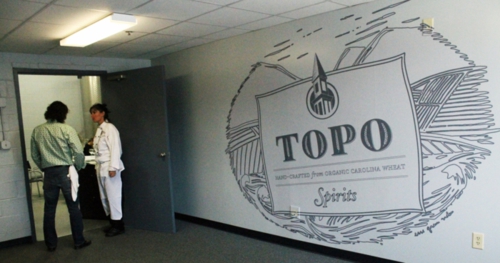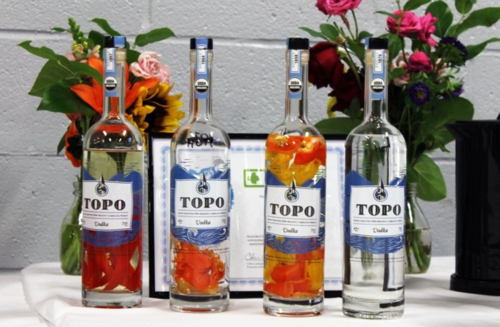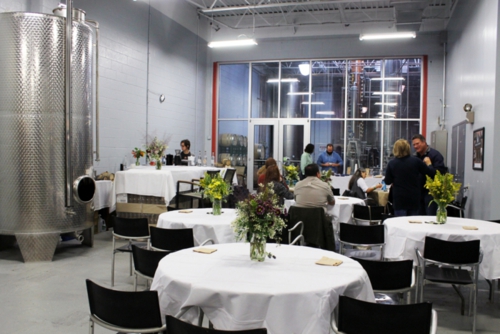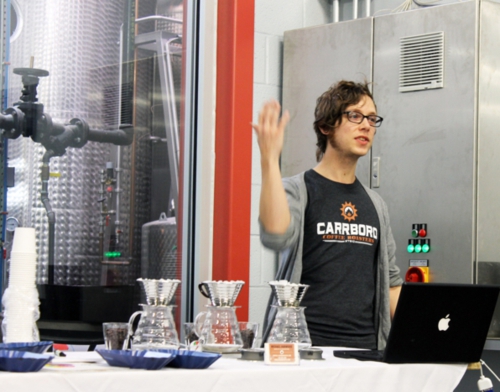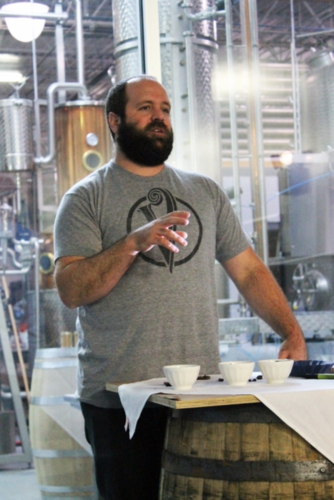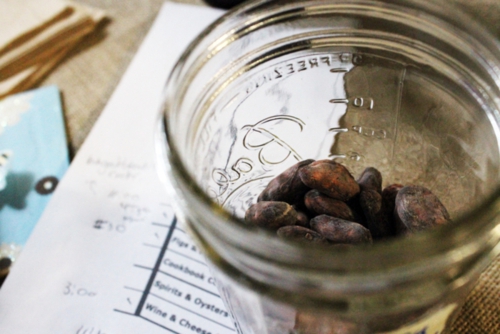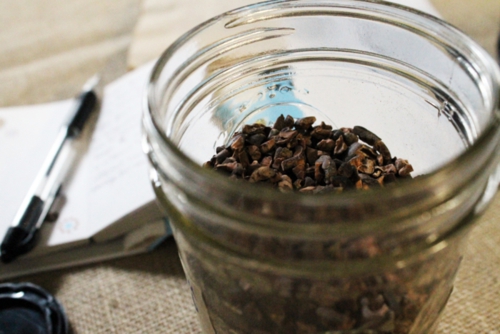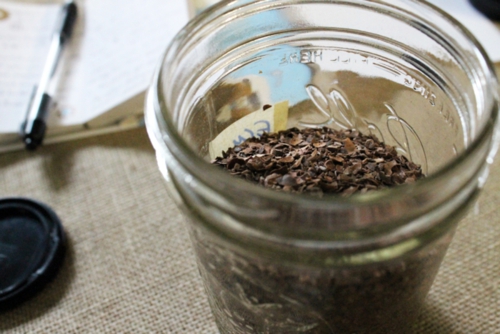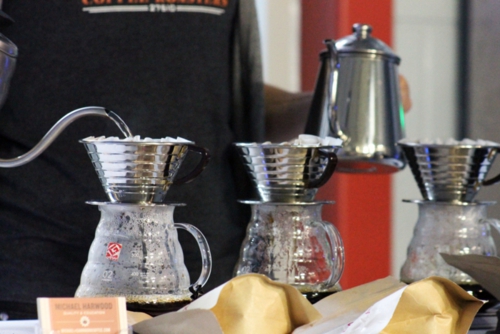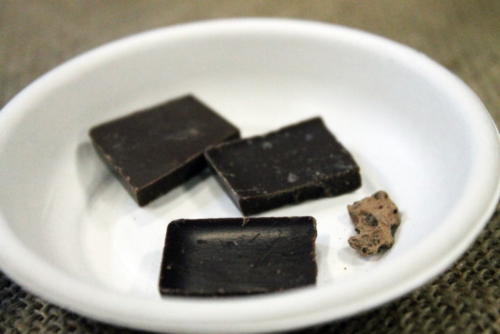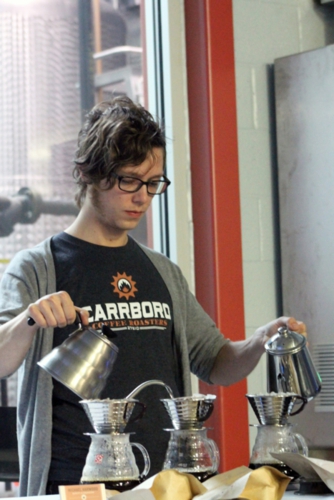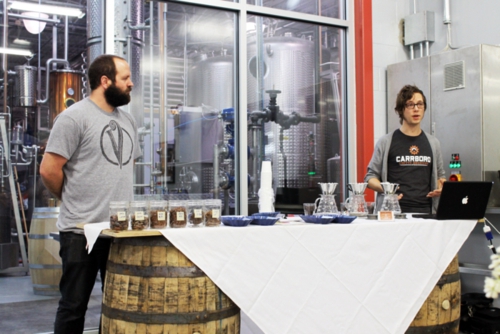16 November, 2012
The Sustainable Classroom: Coffee & Chocolate
Posted in : Chocolatiers, Coffee Shops, Coffee Shops in Chapel Hill - NC, Coffee Shops in Raleigh - NC, Events, Grab and Go, Travel Sponsored Stays and Tours on by : The Gourmez
The Sustainable Classroom: Coffee & Chocolate
As part of my whirlwind weekend at TerraVITA 2012, I participated in the Sustainable Classroom on a free press pass. Each of the four sessions I attended was jam-packed with information and tasting experiences. There is no way I can share everything I learned with you, so instead, I’m giving a very brief look into each of them, focusing on the sustainability discussions. There was plenty to learn for people more interested in the processes of making food, but I’m skipping past that for now.
But first the basics: the Sustainable Classroom was a day of hour-long sessions that brought together experts and entrepreneurs in various fields to demonstrate and discuss their sustainable practices and what it means to be sustainable for them. More often than not that also involved tasting their goodies, often in pairings. There were eight courses to choose from, and it took all day to fit in four. Half were held at the Greenbridge Development and half at TOPO distillery, both in downtown Chapel Hill.
TOPO is an extension of Top of the Hill Restaurant and Brewery, a staple of the Chapel Hill scene. They are distilling vodka, gin, and whiskey from organic North Carolinian wheat and botanicals.
I am definitely planning to go back and take a tour of the facility because I was unable to do so that afternoon. Who wants to come with me?
My first class, Coffee & Chocolate, was at TOPO, and we were set up with especially elegant tables for a seminar with beautiful floral arrangements.
Our instructors were Michael Harwood, a barista champion of the Southeast from Carrboro Coffee Roasters,
and Sam Ratto, owner of Videri Chocolate Factory.
Michael led the first half of the session, which was devoted to learning how coffee is grown and how direct relationships with the coffee producers are integral to ensuring ethical choices in coffee drinking. Sam added that nearly everything Michael said about the growing and processing of coffee is the same for chocolate because they are cousins and come from the same regions. They agreed on 3 principles to look for in choosing sustainable coffee and chocolate:
- Ecological: Are the ecological practices sustainable?
- Social: Are human rights being met for everyone involved?
- Economical: Does the price reflect those principles?
Meeting all 3 of those goals is essential, and that is what results in higher costs. Being willing to pay the higher cost reflects respect for those factors.
Sam passed around three parts of the cocoa bean that are separated in stages of the processing, and we sniffed the growing chocolate aromas from each.
He then filled us in on a lot of his history with chocolate making, its potential health benefits, and the principles he is following at Videri to make the whole process of chocolate making transparent. Videri comes from the NC state motto and means “to see.”
Meanwhile, Michael began brewing coffee with the pass-through pour-over method that controls the variables of coffee-brewing much better than a Mr. Coffee can.
He covers the grounds with water then waits for the bloom to subside before adding more. The aim is to get to the sweet spot of coffee between its sour and bitter edges.
Once the coffee was ready, we compared and contrasted Dominican, Guatemalan, and Peruvian beans with three different samples of Videri’s chocolates.
The chocolate bites were a 70% dark chocolate, a dark milk chocolate, a nugget of untempered chocolate, and the 70% dark with sea salt. Michael and Sam were interested to hear what combinations we liked best and whether or not we thought it worked better to taste the chocolate or the coffee first. I admit, I did not form any strong opinions on those questions, other than thinking the 70% dark tasted more strongly of berries when combined with the Guatemalan coffee. The combination of the Guatemalan coffee with the 70% dark sea-salt square was by far the favorite of the room, and there was a general consensus that the chocolate should be tasted first.
And what do Michael and Sam love about what they do? For Michael, it’s the ritual of coffee preparation.
For Sam, it’s the experimentation in the process of taking chocolate from beans to bar. For me? It’s the confidence of knowing that people like these fine gentlemen —
— care deeply about making sure both the quality and sustainability of their products is such that I can consume them greedily and readily.
My next Sustainable Classroom blog will be on the lively and important panel on the practicality and purist aspects of sustainability. Is it possible to really pursue it on a grand scale? Be ready for what these panelists had to say!

